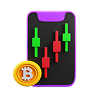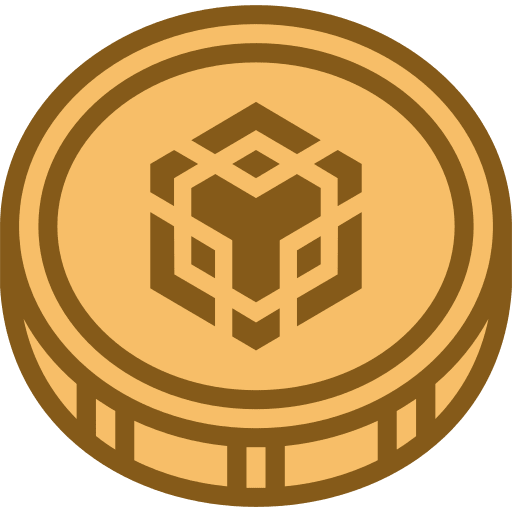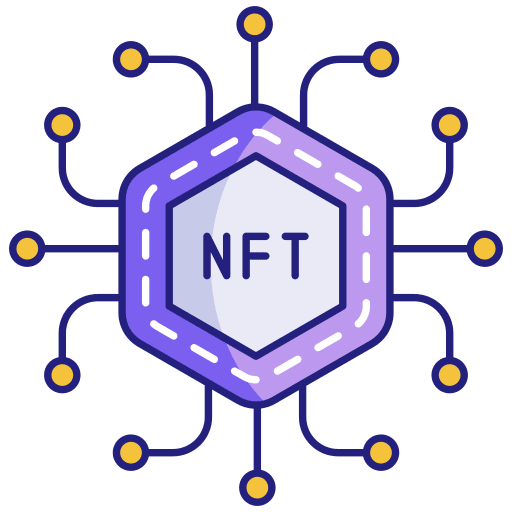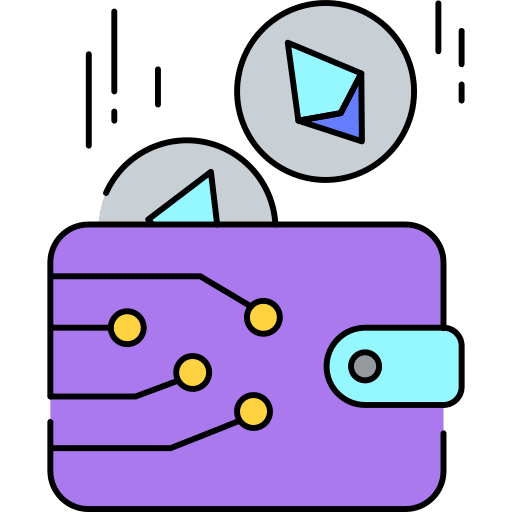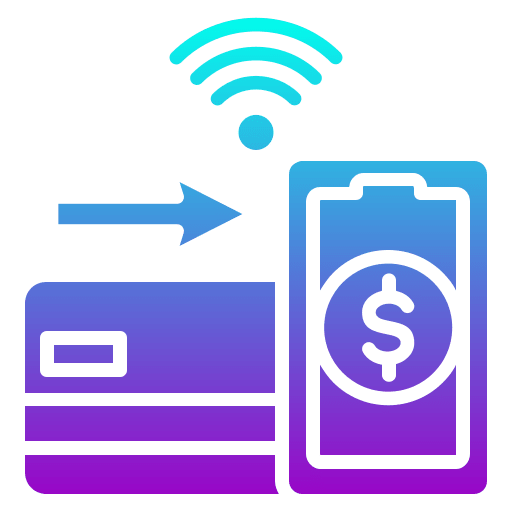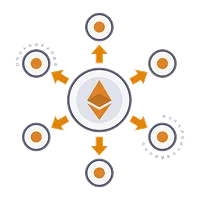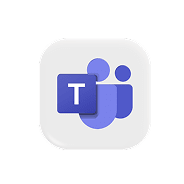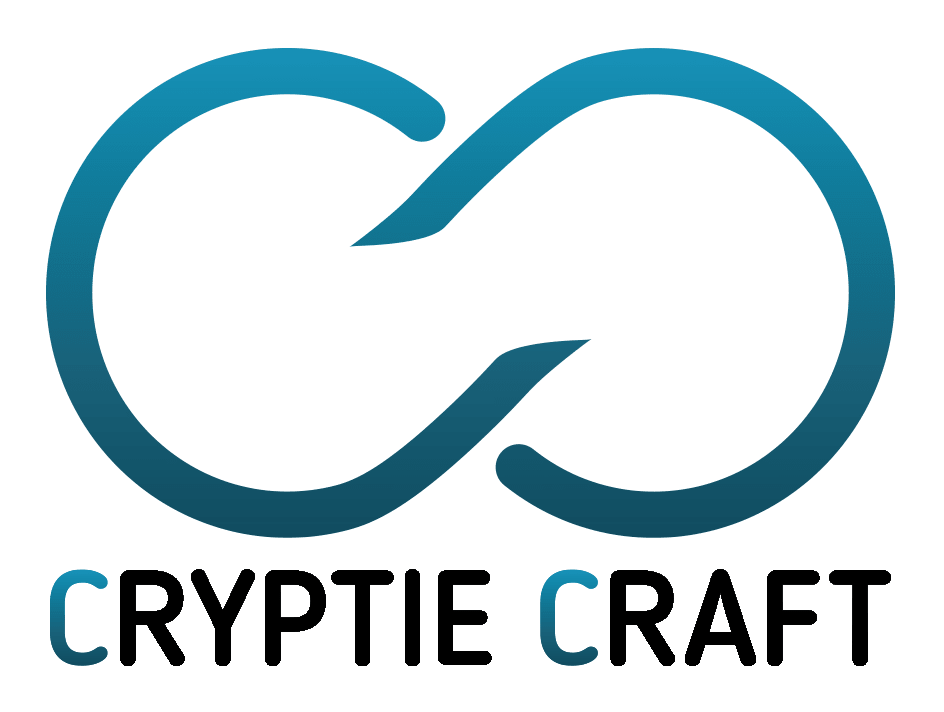Still thinking of creating a multi-currency crypto wallet app? Yet clueless about where to start. With the booming advancement in cryptocurrency, the market is growing with advanced financial tools and new technologies.
A multi-currency crypto wallet app is a game-changer that provides robust features, making it sufficient for both new and experienced users under one platform. Therefore, a multi-currency crypto wallet has transformed the cryptocurrency industry landscape, receiving a massive response from users worldwide.
Continue reading for more cryptic information!
Breaking Down the Basics of Crypto Wallets
In simple terms, a crypto wallet allows traders to store, send, and receive digital assets. Some wallets also integrate with exchanges to support fiat-to-crypto conversion. Moreover, it supports various digital assets like Bitcoin, Ethereum, and more.
There are mainly two types of wallets.
- Hot wallets – also known as software wallets. Hot wallets connect to a set of blockchain networks and require an internet connection.
- Cold wallets – Unlike hot wallets, cold wallets are used in an offline environment. For example: Ledger, Trezor, etc.
Understanding these basics is important before diving into the crypto environment.
Your Roadmap to Create a Crypto Wallet
Creating your multi-currency wallet requires dedicated strategies and goals, which will help you attract more traders.
1. Understanding Blockchain and Cryptocurrency:
Before building a wallet, it is crucial to understand the crypto ecosystem:
- How blockchain transactions work
- Public and Private Keys
- Diverse Cryptocurrencies like Bitcoin, Ethereum, etc.
2. Plan Your Wallet Architecture
It is important to design your wallet by deciding the right type of design and features, such as
- Type of wallet (custodial or non-custodial)
- Platforms like Web, Mobile, and Desktop
- Blockchain compatibility (single-chain or multichain)
- Opt for the appropriate technical stack
- Utilize front-end development tools like React Native and Flutter, along with back-end development tools like Python, Rust.
3. Design a User-Centric UI/UX
A good wallet should be:
- User-friendly and easily navigable
- Secured with Optimal protection
- Features a clear transaction history and balance tracking.
4. Implement Strong Security Measures
Security is important in crypto wallets. Therefore, you must keep in mind:
- Encryption – AES-256, SSL
- Two-Factor Authentication (2FA)
- Multi-Signature Support
- Biometric Login – It can be fingerprint/Face ID.
5. Develop Core Wallet Features
Essential Functionalities:
- Wallet creation & import (via seed phrase)
- Integrate blockchain nodes (Infura, Alchemy, QuickNode)
- Send & Receive transactions
- Balance tracking
- Transaction history
- Token Swaps (if required)
Integrate APIs
Using blockchain APIs for real-time data:
- Exchange rate APIs (CoinGecko, CoinMarketCap)
- Payment Gateways (for crypto -to fiat conversions)
Test and Launch Your Wallet
- Conduct security audits, hire ethical hackers
- Perform beta-testing with real users
- Launch on App Store/Google Play Store
Provide Ongoing Support and Updates
- Fix bugs and vulnerabilities
- Add support for new cryptocurrencies
- Improve UX based on feedback
Costing and Timeline Updates
Developing a multi-currency wallet requires substantial financial investment, depending on features like real-time exchange rates, payment gateways, security, and compliance (e.g., AML/KYC), and diverse platforms like iOS, Android, and cross-platforms.
Therefore, building a platform can vary greatly depending on the client’s needs, since a basic MVP takes less than a month on average, whereas building a well-defined platform solution with advanced features like multi-currency wallets, forex trading, or blockchain integration requires 3-6 months. All these requirements, such as cost scaling, backend quality, security measures, third-party API fees, and other regional regulations, vary.
Moreover, hiring a skilled team of developers and UX designers, and other ongoing maintenance also impacts the budget effectively.
All these factors are subjective and vary in cost and timeline, concentrating on factors like location, company size, and app complexity.
Apart from team size, location, and app complexity, these also play an important role.
Data Compliance and Security in Crypto Wallets
Building a multi-currency crypto wallet needs to be backed by complete security and assurance. The crypto landscape is constantly evolving since compliance with the legal framework is pivotal for the growth of crypto wallet apps. Companies hunt for various laws and guidelines while building their platform. Therefore, it becomes quite instrumental for running a smooth operation that builds trust and credibility. Such regulations include:
- Payment Services Directive 2 (PSD2)
- General Data Protection Regulation (GDPR)
- Know Your Customer (KYC) regulations
- Electronic Communications Privacy Act (ECPA)
Automating these policies mandates strict action against illegal activities, building a secure relationship across platforms.
How Crypto Wallets Unlock New Revenue for Start-ups
Crypto wallet development enables start-ups to explore a new realm of cryptocurrency with continuous profits. With Cryptiecraft, you can access decentralized finance (DeFi), NFT marketplaces, and tokenized ecosystems, which simplify direct revenue streams across different platforms.
By integrating non-custodial wallets, start–ups can facilitate peer-to-peer transactions, lower payment processing fees, and reduce chargeback risks. Smart contract-compatible wallets enable programmable revenue sharing, automating affiliate pay outs, subscription models, or microtransactions within web apps.
Cryptiecraft enables start-ups to issue branded tokens or loyalty points, promoting active engagement and adding value to their ecosystem. Multi-chain wallet start-ups attract larger user bases, generating revenue through gas fee kickbacks or partnerships with blockchain networks. Consequently, you develop revenue models based on ownership, interoperability, and decentralized economies.
Conclusion
Since you’ve reached the end of the blog, you now understand why the multi-currency wallet app is a game-changer for both new and experienced traders. It opens up new opportunities for earning profits and adding value to their platform. With Cryptiecraft, you can create a high-value crypto wallet that requires technical expertise, security focus, and user-friendly design, all without any hassle.
Frequently Asked Questions (FAQ)
Q1. Why should start-ups use multi-currency crypto wallets?
Ans: Multi-currency crypto wallets can attract users from different blockchain communities. You do not need to separate your wallets from each other. You can earn from cross-chain swaps, staking, and gas fee commissions.
Q2. How do multi-currency wallets generate revenue for start-ups?
Ans: Multi-wallets generate revenue for start-ups from
- Transaction fee: charges small fees for cross-chain swaps or bridging.
- Staking Rewards: It offers in-wallet staking and takes a commission.
- Partnerships: You can earn incentives from blockchain networks for driving adoption.
Q3. Are multi-currency crypto wallets secure?
Ans: Yes, they use non-custodial encryption and audited smart contracts. Users retain control of their private keys, reducing risks.
Q4. Can startups customize multi-currency wallets?
Ans: Yes, Cryptiecraft can help you customize your wallet to meet your specific requirements, including white-label wallets, NFTs, and token-gated features.
Q5. How can startups integrate multi-currency wallets?
Ans: Through wallet-as-a-service (WaaS) providers or SDKs (e.g., Web3Auth, Magic) for plug-and-play solutions without requiring full backend development.







